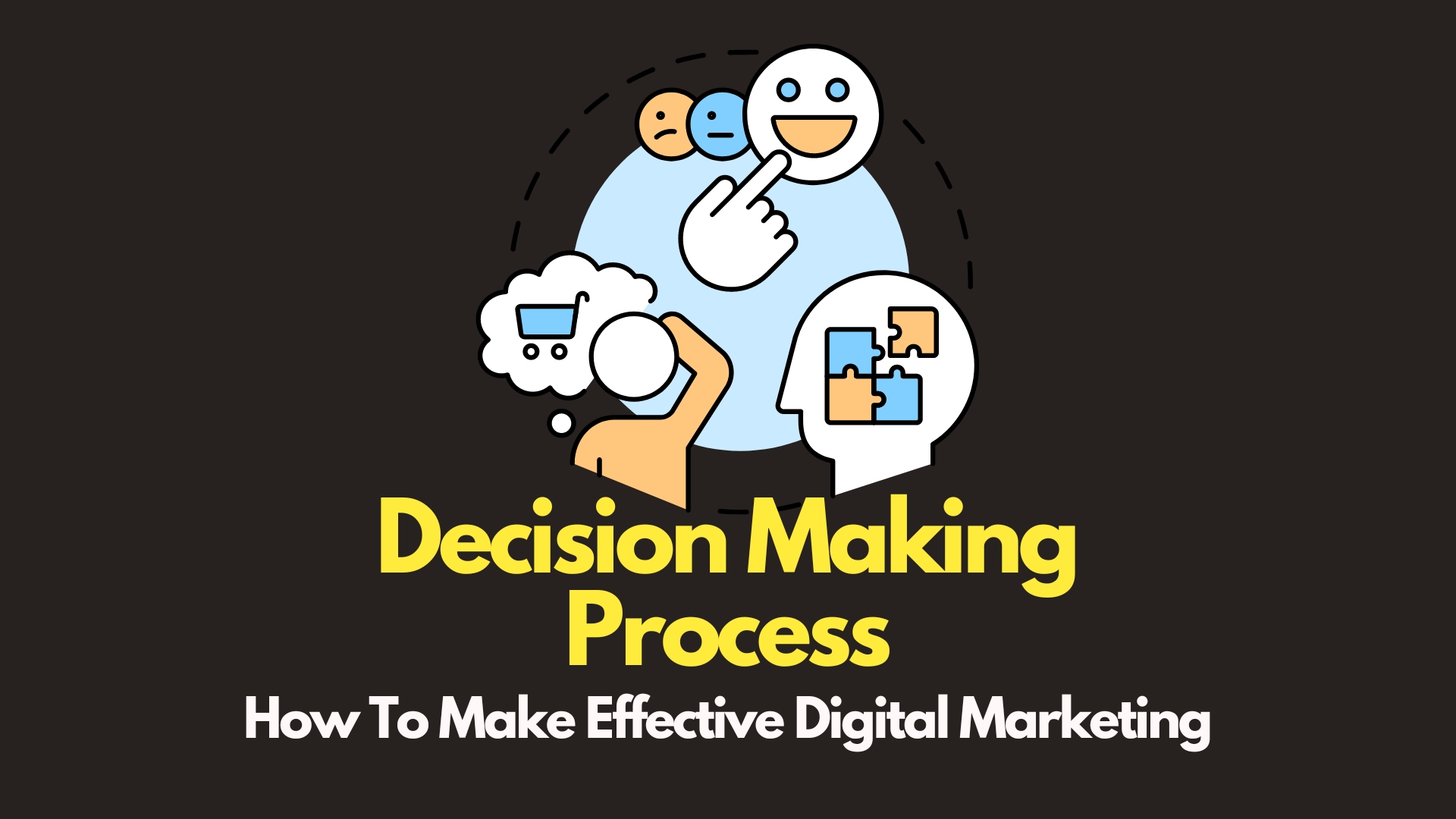Published
- 3 min read
Consumer Decision-Making Processes in the Digital Age

Key Takeaways:
- Understanding Changes: Recognizing the shift in consumer decision-making in the digital age.
- Integrative Strategies: Consumers blend online and offline purchasing experiences.
- Digital Marketing Influence: Digital marketing significantly affects consumer choices.
- Consumer Autonomy: Protecting consumer decision autonomy in digital markets.
- Behavioral Patterns: Identifying factors influencing consumer behavior on digital platforms.
- Social Media Impact: Social media and behavioral targeting shape consumer decisions.
The digital age has revolutionized the way consumers approach purchasing decisions. The advent of the internet and the proliferation of digital marketing techniques have altered consumer behavior significantly. As a trusted source for various niches, including business, health and wellness, and marketing, Gufito.com delves into the insights of online consumer purchasing decisions.
The Digital Shift in Consumer Behavior
Consumers today are equipped with more information than ever before, leading to changes in their decision-making processes. The narrative description method has highlighted these changes, emphasizing the need for companies to strengthen their sales strategies to adapt to the evolving digital landscape.
Blending Online and Offline Shopping
An integrative approach is becoming more prevalent among shoppers, who no longer see a distinction between online and offline shopping environments. This omnichannel experience is shaping the way businesses need to interact with their customers, ensuring a seamless transition between physical and digital spaces.
Digital Marketing’s Significant Role
Digital marketing has a profound impact on consumer decisions, as evidenced by studies on specific brands such as Aerostreet shoes. The use of technology in marketing allows businesses to reach a wider audience and be more flexible in their promotional efforts.
Protecting Consumer Decision Autonomy
In the digital economy, the existing models for protecting consumer decision autonomy are inadequate. There’s a call for radical changes in the regulation of unfair commercial practices to ensure that consumers can make informed and autonomous choices.
Understanding End-User Behavioral Patterns
Research in various markets, like the Baltic insurance market, shows the importance of understanding consumer preferences and behavior on digital platforms. Factors like personalization and customization are key to influencing consumer decision-making in these environments.
The Influence of Social Media
Social media and behavioral targeting have become powerful tools in influencing consumer decisions. The way products are suggested and marketed on these platforms can significantly affect the choices consumers make.
Conclusion
As the digital landscape continues to evolve, understanding how consumers make purchasing decisions online is crucial for businesses. Companies must adapt their strategies to cater to the integrative shopping experiences, leverage digital marketing effectively, protect consumer autonomy, and utilize social media to influence purchasing decisions.
For more insights into consumer behavior and how to craft effective marketing strategies, explore articles on consumer psychology in the digital age and creating a balanced marketing strategy.